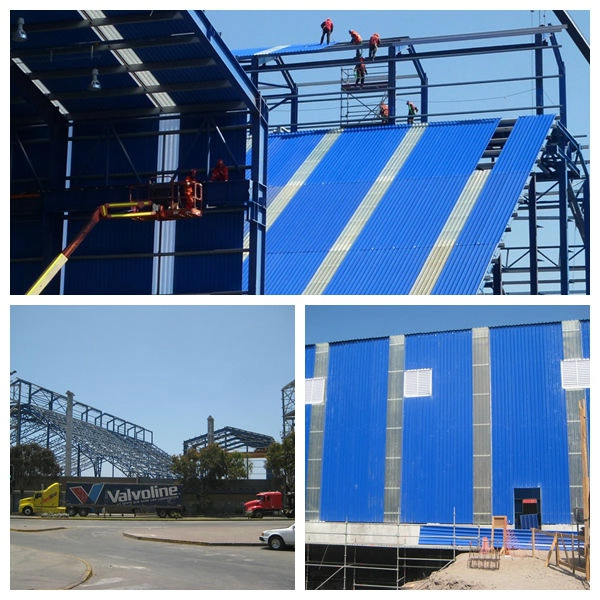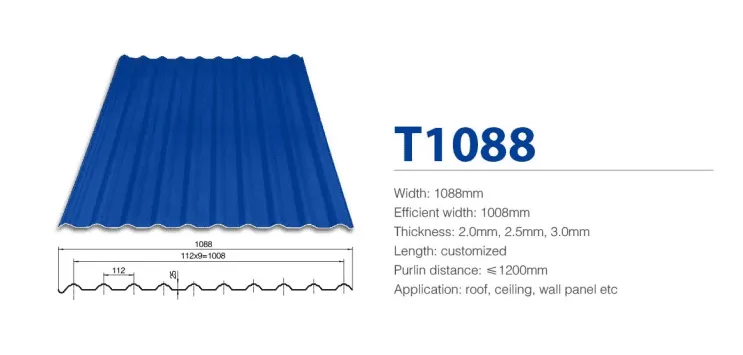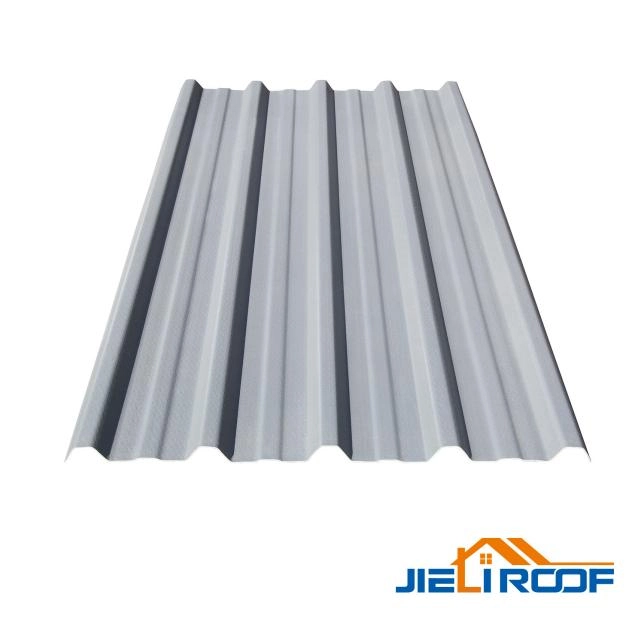
Factories, mines, and coastal storage buildings face tough conditions. They need sturdy roofing that can handle harsh chemicals, damp air, wild temperature swings, and heavy strain from wind or snow. These places demand materials that last.
Roofing in such spots faces big challenges. Old materials like metal sheets rust quickly in acidic or salty air. They heat up under strong sunlight. Plus, they’re noisy in heavy rain. So, choosing the right roofing is vital. It ensures lasting performance and cuts repair costs.
New designs have brought fiberglass reinforced UPVC roof sheets. These are built to fix the flaws of typical roofing in tough work sites.
Fiberglass reinforced UPVC roof sheets are strong, layered products made for toughness. They have a core of UPVC (unplasticized polyvinyl chloride), known for resisting chemicals and keeping heat out. Inside, a fiberglass web adds serious strength. Our unique method weaves a fiberglass layer into the PVC/UPVC sheet. This makes the roof sheet tougher for pulling force, impact strength, weight support, and fighting weather changes.
The fiberglass web acts as a solid backbone. It boosts weight support and impact resistance by up to 50%. What’s more, the fiberglass core lifts pulling strength by 30%. It also allows a 20% wider gap between support beams.
Compared to plain UPVC sheets or metal panels, fiberglass reinforced UPVC stands out. Regular UPVC gives decent heat protection and rust resistance. But it lacks the strength for high-stress areas. Metal roofs are strong but weak against rust and heat control. Fiberglass reinforced UPVC beats both.

These panels’ special build brings many benefits. They’re perfect for rough work environments.
First of all, they resist rust incredibly well. The PVC/UPVC sheets block heat and sound, stay rust-free, and fight chemical damage. This makes them great for plants with acidic fumes or seaside spots with salty air.
Heat protection is a big plus. PVC’s heat flow is 0.325w/m.k—about 1/2000 of a steel sheet’s. Buildings stay cooler in bright sun compared to metal-roofed ones.
UV protection keeps colors bright. An ASA film on the sheet’s surface guards the color for 8–10 years. Unlike painted steel that fades fast, these panels hold their look.
Fire safety is covered too. The sheets have a B1 fire rating, meaning they’re hard to burn and stop flames on their own.
Besides, they fight dampness. This stops rust, a common issue with metal sheets. They also resist impacts, standing up to hail or falling debris without cracking.
What’s more, they block sound well. These sheets cut noise by 25–30 dB. That’s ideal for loud work sites, making the workplace quieter and more comfortable.
Thanks to these strengths, fiberglass reinforced UPVC panels work well in many settings. Think factories, storage houses, workshops, or farms. They resist acid rain and pollutants like sulfates or ammonia vapors, common in farms or chemical plants. Their long life in hot or wet areas means fewer replacements. That’s key for far-off or large projects.
Plus, setup is easy. You overlap the sheets and fix them with screws. This simplicity saves on labor and reduces downtime during building.

A great example of these panels’ strength comes from Chile’s mining industry.
Let’s compare steel roofing to fiberglass reinforced UPVC sheets from Jieli.
Over time, these perks mean lower costs for the whole lifespan, even if the upfront price is a bit higher than cheap options.
Jieli leads in roofing innovation. Founded in 1992, it’s a top maker of UPVC roof sheets in China. Their products include standard PVC/UPVC sheets and their advanced fiberglass reinforced UPVC sheets.
Quality is everything. Jieli runs its own testing lab, checking raw materials to finished products. Tests cover aging, pulling strength, and impact resistance. Their strict quality system and UL certification assure buyers worldwide of dependable products.
Their push for new ideas led to unique tech, like weaving fiberglass into sheets. This key feature shapes their varied product line, meeting needs for different work buildings. Two main models are:


With over 30 years of expertise, Jieli’s global trust shows in big projects, like housing in Venezuela and supplying Sodimac since 2012.
Q1: Are fiberglass reinforced UPVC panels suitable for coastal areas?
A: Absolutely. They resist chemical corrosion, perfect for salty seaside air that rusts metal roofs.
Q2: How long does the color last on fiberglass reinforced UPVC roofs?
A: An ASA layer shields against UV rays, keeping colors vibrant for 8–10 years, even in strong sun or high-altitude spots.
Q3: Is it hard to install fiberglass reinforced UPVC roofing?
A: Not at all. You overlap sheets and secure them with screws. Their light weight makes handling easier than heavy materials like concrete tiles or metal sheets.
